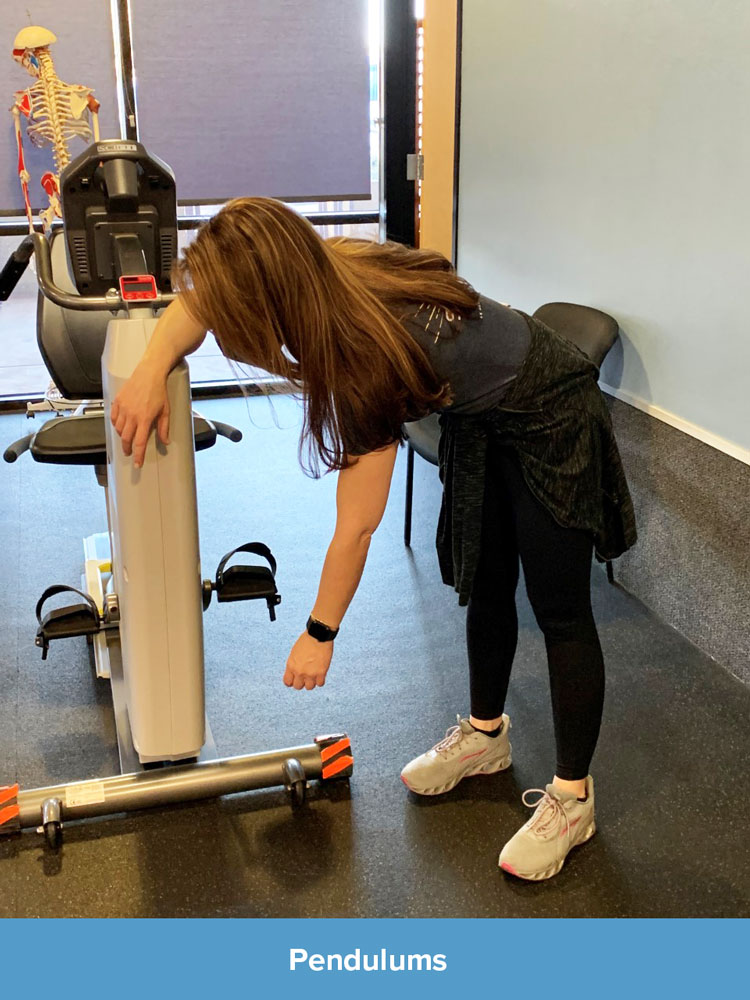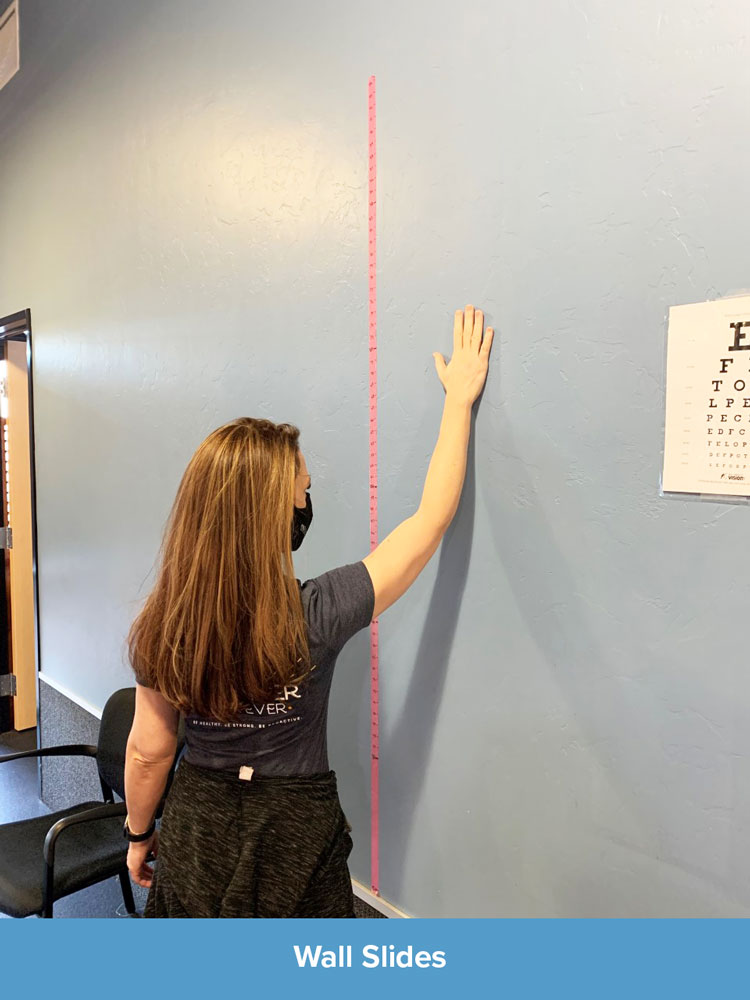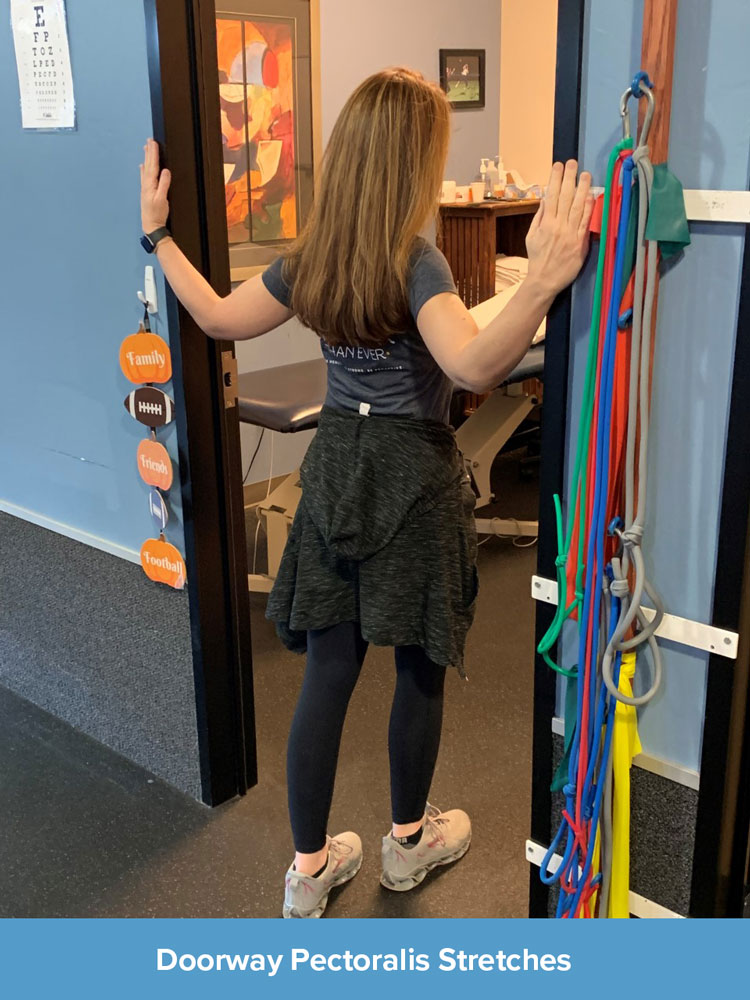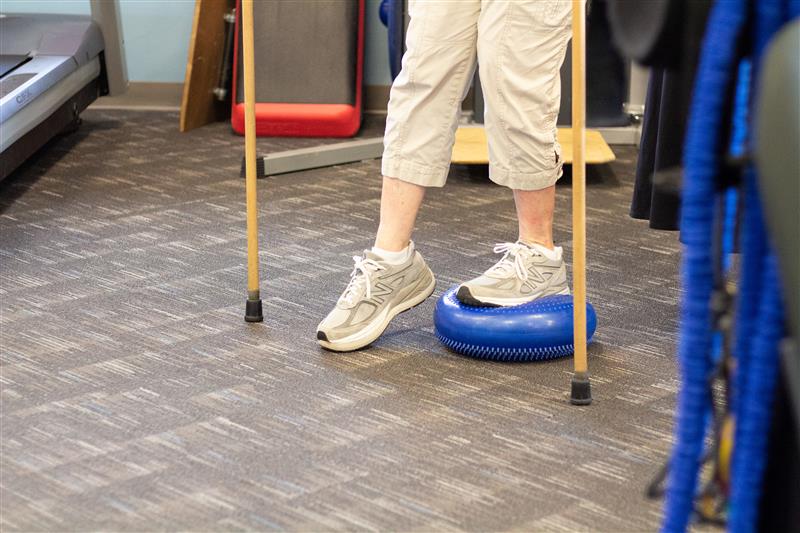Oftentimes, breast cancer-related surgeries and treatments can result in decreased shoulder mobility and pain. Surgical procedures, such as a mastectomy, often involve some region of the axilla (armpit) to remove lymph nodes for biopsy. Surgical implantation of expanders in preparation for reconstructive procedures can also be painful and limit shoulder range of motion & chest expansion. Your surgeon will give you basic shoulder exercises post-breast cancer to prevent limitations from occurring, but for some individuals, this is not enough. Or your mobility may be fine initially, but then you may have radiation treatment and find that you are not able to move your arm quite as freely.
Common Challenges Post-Surgery
It is very common for the joint capsule around the shoulder to tighten up, particularly if the surgical procedure involves anything in your axillary region. And of course, it’s quite common to have muscle tightness around the surgical area, because that’s what our muscles tend to do (they are trying to protect the “injured area”). When the shoulder capsule tightens up, it results in your shoulder joint not being able to move properly and then can cause pinching of the tendons in your rotator cuff, making it painful to reach up behind your head or into an overhead cabinet. It may become difficult to reach down behind your back as well.
Axillary Web Syndrome
Another issue I see is Axillary Web Syndrome (AWS), or “cording” as it is commonly referred to. This can happen after lymph nodes are removed from the axilla, and long strands of scar tissue develop that may extend into the chest wall and down the arm. Sometimes you can reach into your armpit and feel them, other times you just may have the sensation of tightness in your armpit when you try to reach away from your body.
In both of these cases, Physical Therapy treatment can resolve the limitations and help you return to normal mobility. Specific manual therapy techniques and focused exercises can help restore normal shoulder joint mobility. In the case of Axillary Web Syndrome, manual interventions to soften the thickened cords of tissue, and in some cases actually break them up, can eliminate the source of pain and movement restriction.
Exercises to help with Axillary Web Syndrome
Pendulums
Begin in a standing position with your trunk bent forward, one arm resting on a table for support and your other arm hanging toward the ground. Slowly shift your body weight in a circular motion, letting your hanging arm swing in a circle at the same time.

Wall Slides
Begin in a standing upright position holding a towel against a wall at shoulder height, with your palm facing inward. Slowly slide the towel diagonally up the wall, straightening your elbow. Then lower it back down and repeat. Make sure to keep your back straight during the exercise and only raise your arm as far as you can without causing pain in the top of the shoulder.

Doorway Pectoralis Stretches
Begin in a standing upright position in the center of a doorway. With your elbows bent, place your forearms on the sides of the doorway at roughly a 60-degree angle from your sides, then take a small step forward until you feel a stretch in the front of your shoulders. Hold this position.

If these shoulder therapy exercises don’t decrease your pain, set up a FREE physical therapy consultation so you can get back to being pain-free and back to what you love to do.



